Big, Plush, Profitable: Like It's 1998, Americans Actually Want Lincoln Continentals Again
There remains a select group of American car buyers who are actually buyers of cars. In fact, there are still American car buyers who want American cars. Indeed, there are still a number of American car buyers who want American luxury cars.
As an example, consider the all-new Lincoln Continental.
It’s not a hot seller — at least not in the conventional sense of the word. The new Lincoln Continental isn’t topping the sales charts. Indeed, given the fact, in November, the Continental was America’s 17th-best-selling premium brand car, it may not even be a warm seller.
But there are a couple of indicators that suggest the 2017 Lincoln Continental is over-performing; that it’s exceeding Ford Motor Company’s expectations. That’s not bad news for America’s remaining handful of American luxury car aficionados, especially with the measure of success being enjoyed by a cross-town Continental rival.
The Ford Motor Company’s replacement for the Lincoln MKS bears the name of a sedan that was dead for 13 years. Use of the Continental nameplate isn’t the only way in which Lincoln is reaching back. Unlike the prevailing mindset among luxury automakers, Lincoln was determined not to build a BMW chaser.
The Continental is Lincoln’s take on traditional American luxury — use of an old name serves to amplify that effort. Remember, when Lincoln was last America’s top-selling luxury brand in 1998, the brand was hardly an American version of BMW.
Ford began selling the new Lincoln Continental in September, reporting 775 sales. Despite a temporary plant shutdown at the Continental’s factory caused by excessive Ford Mustang supply, Ford nevertheless reported 1,222 Continental sales in October. November Continental sales jumped to 1,419 units.
But those admittedly mediocre numbers (the Mercedes-Benz E-Class sold roughly three times more often; the Volvo S90 sold less than half as often) don’t tell the whole story. These are early days, and Continentals aren’t enjoying extended stays in Lincoln showrooms.
CAN’T SIT STILL
As for the Continental’s ability to exceed Ford’s expectations, “We’re very impressed,” Merkle says. But the real reason the Continental has Ford excited isn’t the sales achievement itself. The Continental isn’t going to run up the score like an F-150. “But over half the sales are Reserve and Black Label,” Merkle told TTAC last week.
Continental pricing starts at $45,485 and rises to $48,440 with its Select trim. But the two higher trim levels, the $54,840 Reserve and $63,840 Black Label, are in another league, both in terms of cost — and more pertinently — profit potential for Ford.
That’s not to say Ford is getting those prices. Though incentives for the Continental are at a segment low, the average incentive spend for the big Lincoln stood at $5,125 in November 2016, according to J.D. Power PIN data.
As a percentage of the average transaction price, that 9.3-percent discount was also the lowest in the segment. For a new model, the discount seems hefty. But consider the $9,656 average incentive spend on the Mercedes-Benz E-Class, which also wears new sheetmetal, to get a clearer idea of the way the luxury sector rolls.
GENERAL MOTORS, TOO
The CT6 is part of a lineup that’s achieving record transaction prices in Cadillac showrooms. At roughly $56,000 per vehicle last month, Cadillac’s November ATP was higher than ever.
CT6 MSRPs start at $54,490, 20-percent higher than the base price of the new Continental. This loftier price point — pricing for the CT6 stretches up to $88,490 before options on the AWD Platinum 3.0T — means the CT6 overlaps both the aforementioned Mercedes-Benz E-Class and its larger S-Class sibling.
BIG PICTURE
At Cadillac, where total volume is more than half again as strong, the CT6 pulled in 18 percent of Cadillac’s 6,359 car buyers and accounted for 10 percent of Cadillac’s 15,326 (up 15 percent) total sales.
Cars aren’t dead. American luxury isn’t dead. And if America can’t maintain American luxury automobile health, China will.
With a month remaining on the calendar, Cadillac sales for the first time soared past the 100,000-unit marker in China in November. China now accounts for 38 percent of Cadillac’s global volume, up from 29 percent just last year.
Thus far, Lincoln is a much smaller player in China; Ford didn’t seize upon the opportunity nearly as quickly as General Motors. But the Chinese market is nevertheless the target market for the Lincoln brand. Through the first three-quarters of 2016, Lincoln sales had nearly tripled, year-over-year, to 21,000 units.
Timothy Cain is the founder of GoodCarBadCar.net, which obsesses over the free and frequent publication of U.S. and Canadian auto sales figures. Follow on Twitter @goodcarbadcar and on Facebook.
More by Timothy Cain
Latest Car Reviews
Read moreLatest Product Reviews
Read moreRecent Comments
- Brendan Duddy soon we'll see lawyers advertising big payout$ after getting injured by a 'rogue' vehicle
- Zerofoo @VoGhost - The earth is in a 12,000 year long warming cycle. Before that most of North America was covered by a glacier 2 miles thick in some places. Where did that glacier go? Industrial CO2 emissions didn't cause the melt. Climate change frauds have done a masterful job correlating .04% of our atmosphere with a 12,000 year warming trend and then blaming human industrial activity for something that long predates those human activities. Human caused climate change is a lie.
- Probert They already have hybrids, but these won't ever be them as they are built on the modular E-GMP skateboard.
- Justin You guys still looking for that sportbak? I just saw one on the Facebook marketplace in Arizona
- 28-Cars-Later I cannot remember what happens now, but there are whiteblocks in this period which develop a "tick" like sound which indicates they are toast (maybe head gasket?). Ten or so years ago I looked at an '03 or '04 S60 (I forget why) and I brought my Volvo indy along to tell me if it was worth my time - it ticked and that's when I learned this. This XC90 is probably worth about $300 as it sits, not kidding, and it will cost you conservatively $2500 for an engine swap (all the ones I see on car-part.com have north of 130K miles starting at $1,100 and that's not including freight to a shop, shop labor, other internals to do such as timing belt while engine out etc).























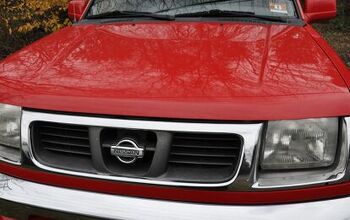
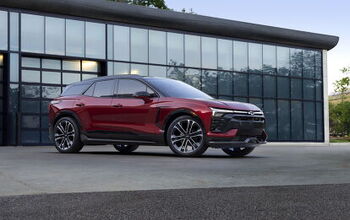
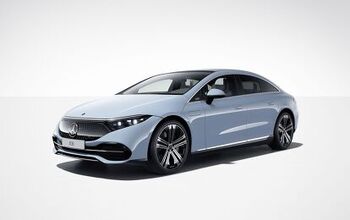
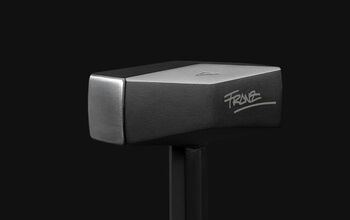






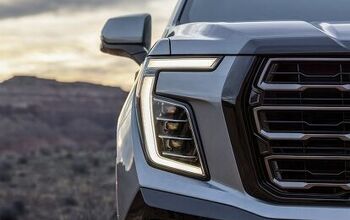

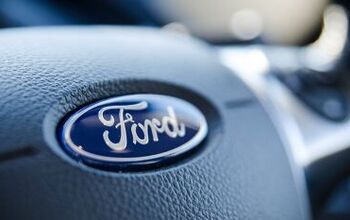
Comments
Join the conversation
Now if only Sergio would give us a New Yorker or Imperial for Chrysler.
I'm a two-time Lincoln (and five-time Cadillac) owner. I gave up on them when they did away with the Town Car (I had a 95 and 01). After checking out the new Continental at the Texas State Fair: 1) It's worlds better than the Conti that I sold (early Naughts) 2) Lincoln is back 3) It's good enough for me to consider when I go to get my next DD in a couple of years